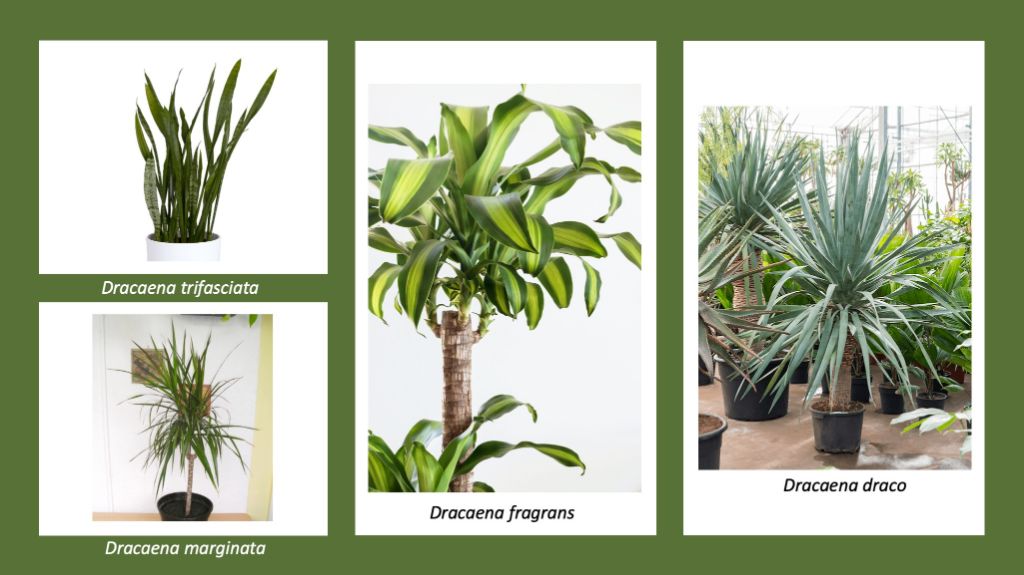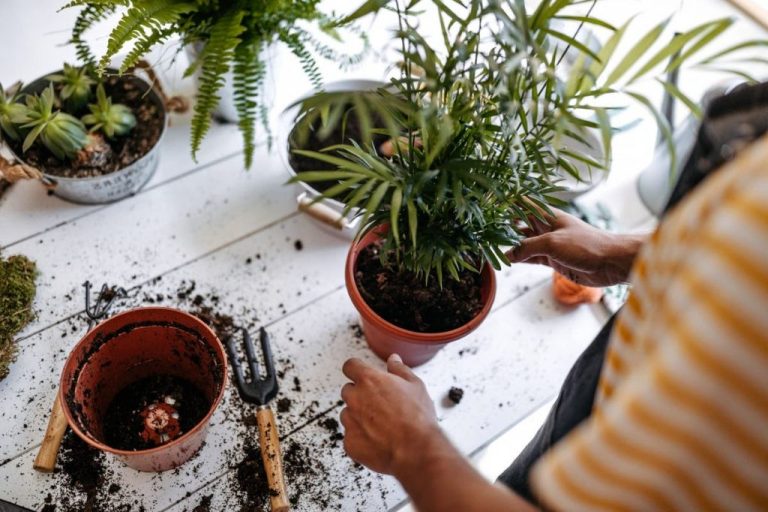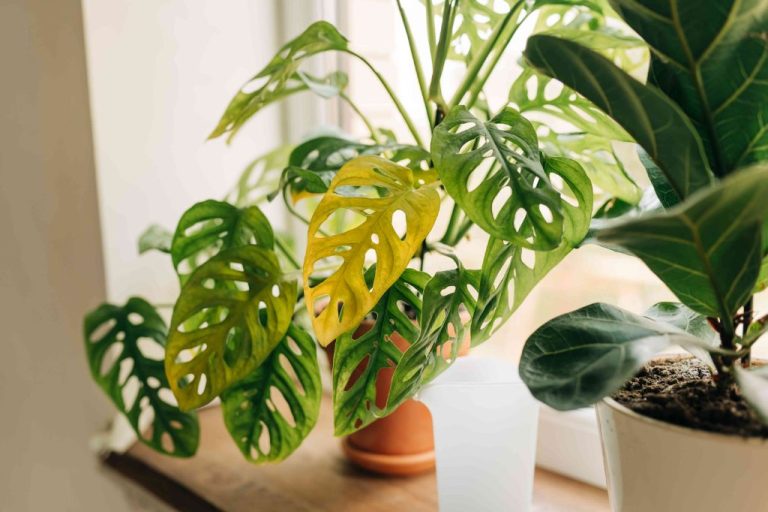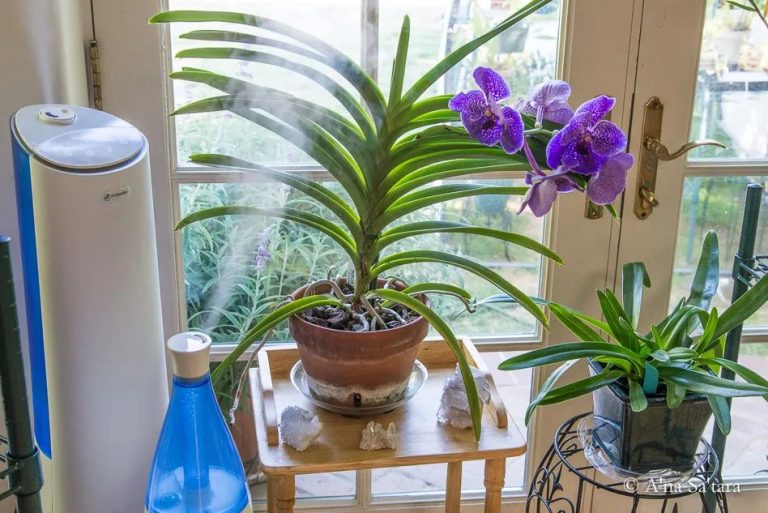Comprehensive Guide To Caring For Dracaena Plants Indoors
Choosing the Right Dracaena Plant
There are over 40 species and thousands of cultivars of Dracaena, offering plenty of options when choosing one for your home. The most popular Dracaena houseplants include D. marginata, D. fragrans, D. reflexa, D. deremensis, and D. compacta.
When selecting a Dracaena, consider the size it will reach when mature, as some varieties like D. fragrans can grow over 15 feet tall. Slow growing compact varieties like D. sanderiana and D. braunii are better suited for tables, while fast growing large species like D. marginata work well as floor plants.

Also factor in the light levels in the space you want to place your Dracaena. Some tolerate lower light, like D. fragrans, while others require bright indirect light, like D. marginata. Most varieties do best in moderate light indoors.
Popular Dracaena varieties for homes include:
- D. marginata – dramatic foliage with red edges
- D. fragrans ‘Massangeana’ – yellow striped leaves
- D. compacta – dense, compact growth habit
- D. deremensis ‘Warneckei’ – white stripes on green leaves
- D. sanderiana – slender grey green leaves with white edges
With proper care, most Dracaena can thrive for years, so take time to choose a variety tailored to your space and needs.
Ideal Light Conditions
Dracaena plants thrive in bright, indirect light similar to what they would receive in the tropical and subtropical areas of Africa where they originate. Direct sun should be avoided as it can scorch the leaves, causing brown crispy spots. Signs that your Dracaena is getting too much light include bleaching, yellowing or scorched leaves. On the other hand, if the leaves start turning darker green and getting droopy, it likely needs more light.
Most Dracaena varieties including the popular Dracaena marginata do best when placed 3-5 feet away from a south, east or west facing window. You can also place them further away from a window if it receives direct sunlight at times during the day. Rotating the plant every week or so encourages even growth on all sides. Keep in mind that variegated cultivars such as Dracaena marginata ‘Colorama’ tend to need a bit more light to maintain their colorful foliage.
If you don’t have a spot near a window, consider supplementing with a grow light for 12-14 hours per day. LED grow lights work well for Dracaena plants and help compensate for lower natural light conditions. Just be sure not to place the lights too close to avoid leaf burn.
References:
According to Plants for All Seasons, “Most Dracaena plants prefer bright, indirect light.” (https://www.plantsforallseasons.co.uk/blogs/dracaena-care/dracaena-sunlight-requirements-a-complete-guide)
Miracle-Gro advises to “Grow dracaena indoors in bright, indirect light.” (https://miraclegro.com/en-us/indoor-gardening/how-to-grow-care-for-dracaena.html)
Watering Recommendations
Dracaena plants require regular but moderate watering. As a general guideline, water your Dracaena plant once every 7-10 days during the growing season (spring through fall). Water less frequently in winter, around every 10-14 days. However, it’s best to assess soil moisture before watering by sticking your finger into the soil to a depth of 1-2 inches. Water whenever the top inch of soil feels dry.
When watering, thoroughly soak the soil until water drains from the bottom of the pot. Allow excess water to drain fully from the pot before putting the plant back in its saucer. Take care not to overwater, as it can lead to root rot. Signs of overwatering include yellow, drooping leaves and stem rot at the base. Underwatered plants will have brown, shriveled leaves.
Dracaenas prefer room temperature water. Use lukewarm water rather than extremely cold water, which can shock the roots. Water gently at the base of the plant, taking care not to get water on the leaves and crown which can cause rotting.
During winter when growth has slowed, allow the soil to get slightly drier between waterings, but don’t let it dry out completely.
Sources:
https://gardenerspath.com/plants/houseplants/water-dracaena/
https://www.beegreen365.com/services/shrub-and-ornamental-care/dracaena-plant-care/
Humidity Needs
Dracaenas thrive when humidity levels are between 60-70% according to Lively Root (https://www.livelyroot.com/blogs/plant-care/dracaena-care-guide). The ideal humidity range helps the plant absorb water and nutrients properly. In homes where humidity drops below 60%, it is recommended to increase levels through humidifiers or pebble trays.
Signs that your Dracaena is not getting enough humidity include dry, brown leaf tips and margins according to West Coast Nurseries (https://www.westcoastnurseries.com/dracaena-how-to-ensure-your-dracaena-gets-sufficient-humidity/). Low humidity can also cause new leaves to be smaller and stunted. Try misting the plant daily or placing it on a pebble tray filled with water to increase ambient moisture.
Monitoring humidity levels with a hygrometer can help you maintain the ideal 60-70% range. Making small adjustments like running a humidifier, grouping plants together, and misting can prevent dry air from damaging your Dracaena.
Soil Needs
Dracaena plants thrive in a well-draining potting mix that allows oxygen to easily reach the roots. The ideal potting mix for dracaena houseplants is usually:
- 2 parts peat moss or coco coir
- 2 parts perlite or pumice for drainage
- 1 part compost or worm castings for nutrients
Avoid using 100% regular potting soil or anything that doesn’t drain well. The roots can rot in compacted, dense soil that retains too much moisture.
Repotting dracaena plants every 2-3 years encourages healthy growth as the plant depletes nutrients in the old potting mix. Carefully remove from the current pot and loosen any bound roots before placing into a container one size larger with fresh potting mix.
While dracaena plants are light feeders, you can fertilize monthly in spring and summer using a balanced liquid fertilizer diluted to half strength. This provides some nutrients without overdoing it. Avoid overfertilizing, as excess salts can burn the roots.
Temperature Needs
Dracaenas thrive in warm temperatures between 65-75°F. The optimal temperature range allows the plant to carry out photosynthesis and grow properly. Dracaenas originate from tropical regions, so they require consistent warmth to stay healthy according to the New York Botanical Garden[1].
While dracaenas can tolerate slightly cooler temperatures down to 55°F, prolonged exposure to temperatures below this threshold can damage the plant. Indoor dracaenas should be moved away from cold drafts and windows in the winter. Letting temperatures dip too low can lead to leaf scorching and stunted growth based on advice from Houzz[2]. When growing dracaena outdoors in temperate climates, they should be brought inside before nightly temperatures regularly fall below 55°F.
On the opposite end, dracaenas can suffer if temperatures climb above 80°F. High heat causes moisture stress. Make sure to keep dracaenas away from heat vents and provide ample water in hot conditions.
In summary, dracaenas thrive best with consistent temperatures between 65-75°F. Avoid temperature extremes that deviate too far from this ideal range.
[1] https://libguides.nybg.org/dracaena
[2] https://www.houzz.com/discussions/1495934/how-cold-for-a-dracaena-marginata
Pruning
Pruning a dracaena plant helps keep it a manageable size and shape. It’s best to prune dracaena in the spring, when the plant is entering a period of active growth and can recover more quickly. Use clean, sharp garden snips and make cuts at a 45-degree angle, which reduces the cut area and helps prevent disease.
To prune leaves, remove any dead, damaged, or yellowing foliage. Cut each leaf stem back to the main cane. You can also pinch or cut off the tips of healthy leaves to shape the plant and encourage bushier new growth lower on the stem.
To prune leggy stems, cut the canes back by one-third to one-half their length. Make the cut just above a node, where new shoots can emerge. Remove any excessively long or wayward stems at ground level.
Limit how much of the root system you prune to avoid stressing the plant. If repotting, you can gently loosen and trim away any circled or tangled roots before placing into fresh soil.
Sources:
https://plantura.garden/uk/houseplants/dracaena/dracaena-care
https://gardenerspath.com/plants/houseplants/prune-dracaena/
Pest and Disease Issues
Some of the most common pests that affect dracaena plants include mealybugs, scale, and spider mites. Mealybugs and scale insects are sap-sucking pests that can be identified by their cottony or waxy appearance on leaves and stems. Spider mites are tiny pests that form webs on the undersides of leaves and cause stippling damage. Thrips and aphids may also occasionally infest dracaena plants.
To help prevent pests, isolate new plants and inspect them thoroughly before introducing them to other plants in your home. Keep dracaena plants out of direct sun, as sunlight stresses the plants and makes them more susceptible to pests. Maintain proper watering and humidity levels as well.
If pests are present, start treatment by spraying the plant with a strong jet of water to knock off and drown adults. For heavy infestations, use insecticidal soap or neem oil, following label directions. Apply every 5-7 days for 2-3 weeks to break the pest life cycle. Be sure to spray all leaf surfaces, including the undersides. Insecticide sprays are most effective against young pest stages.
You can also use cotton swabs dipped in alcohol to manually remove scale. For spider mites, use a miticide specifically labeled for indoor use. Always follow label directions carefully when using pesticides. Improving care and growing conditions will also help prevent future pest problems.
Good sanitation is key – keep plants isolated if pests are present, and sterilize pots and tools between uses. Beneficial insects like ladybugs can help control pests on outdoor dracaena plants. Move houseplants outdoors for the summer if possible, as the natural environment helps keep pests in check.
(https://www.gardeningknowhow.com/houseplants/dracaena/dracaena-pest-control.htm)
Troubleshooting Issues
Dracaena plants are prone to a few common problems. Being able to identify and address issues quickly can help keep your plant healthy.
Yellow or Brown Leaves
If the leaves on your dracaena start turning yellow or brown, it’s usually a sign of improper watering. Overwatering can lead to root rot, causing the leaves to turn yellow and fall off. Underwatering can also cause the leaves to dry out and turn brown.
Check the soil moisture and adjust your watering schedule. Allow the top inch of soil to dry out between waterings. Improve drainage by repotting with fresh potting mix if needed [1].
Leaf Spots
Small, circular brown spots on dracaena leaves are usually a sign of a fungal leaf spot disease. This is often caused by overwatering or high humidity. Remove affected leaves, space plants out for better air circulation, and allow the topsoil to dry out between waterings.
Pests
Common dracaena pests include scale, mealybugs, thrips and aphids. Check along the stems and undersides of leaves for signs of bugs or sticky residue. Wipe leaves down with a damp cloth or treat with neem oil or insecticidal soap [2].
Tips for Healthy Growth
When caring for a dracaena plant long-term, the key is providing consistent and proper care. Here are some tips for keeping your dracaena healthy and thriving for years to come:
Light – Dracaenas need bright, indirect light to encourage growth. Rotate the plant every few weeks so all sides get adequate light exposure. Keep it away from direct sun which can scorch leaves.
Water – Allow the top inch or two of soil to dry out between waterings. Water thoroughly until it drains from the bottom, then dump out excess water. Underwatering and overwatering can both cause issues.
Humidity – Mist dracaena leaves every few days or place the pot on a pebble tray filled with water to increase humidity around the plant. Ideal levels are 40-50%.
Soil – Use a well-draining potting mix and repot every 2-3 years in the spring. Fertilize monthly in the growing season with a balanced liquid fertilizer.
Pruning – Trim off any dead or damaged leaves and stems to improve appearance. Prune leggy growth to shape the plant.
Pests – Check regularly for common pests like spider mites, mealybugs, and scale. Wipe leaves down with neem oil or insecticidal soap.
By providing the proper care and environment on an ongoing basis, your dracaena will stay healthy and add beauty to your indoor space for many years to come.






